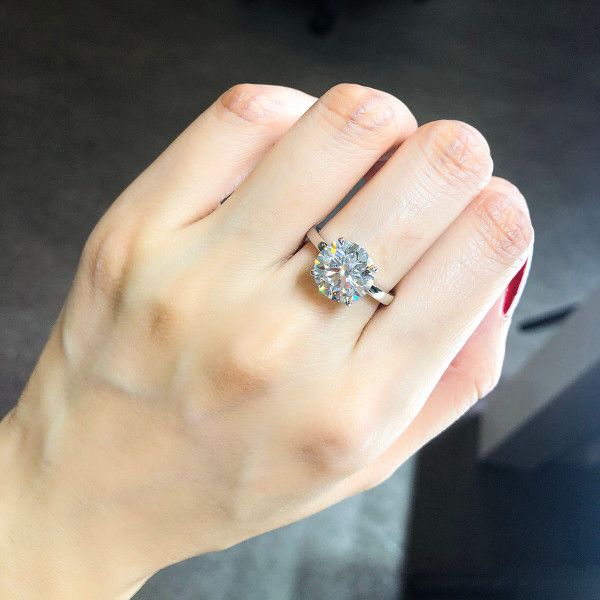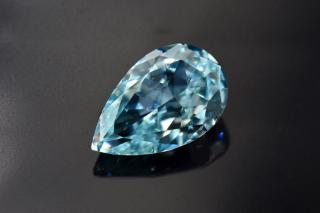When it comes to diamonds' four Cs — carat, cut, clarity, and color — some have a greater impact on the price of finished loose diamonds than others.While everyone usually focuses on the carat, the diamond cut is in fact the single most important factor in the price tag. Knowing how the cut affects the price will help you decide which of the four C's to prioritize in your budget and how much value you'll get for your money.
It should perhaps come as no surprise that the round brilliant is the most expensive diamond cut, but here we'll explain why and why it's worth every penny.
Why is Diamond Cut So Important?
Diamonds are cut to maximize light performance, which includes the sparkle, fire, brilliance, and overall visual appeal when light strikes them. A rough diamond is a diamond that is opaque and has little to no sparkle before it is cut and polished.
Diamond cutting creates facets (or faces) that reflect light and refract it back to your eye, giving the effect of a sparkling diamond. Because the angles, locations, sizes, and shapes of facets determine the diamond's sparkle, the type and quality of cut has a direct impact on light performance and on the beauty of the gem itself.
Diamond Cut Grading
The GIA assigns one of four cut grades to each diamond. The cut grade of a diamond influences not only its appearance but also its price. Here's what to expect from each cut, including how it looks, how the light dances through it, and how rare it is:
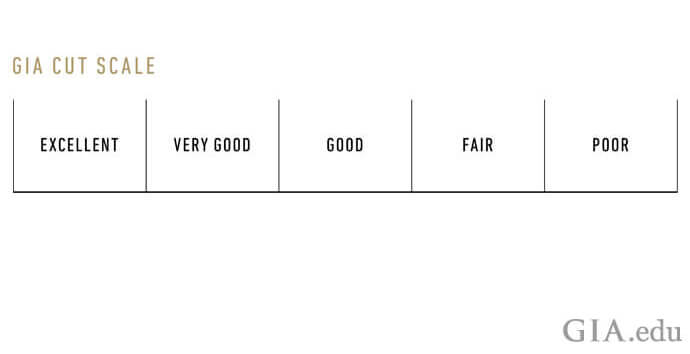
Excellent: This is the highest grade, indicating that the diamond belongs to the top 3% of all diamonds in the world. Excellent cut diamonds are expertly crafted and precisely cut to produce the most sparkle and brilliance. As light passes through, there is little to no light leakage.
Very Good: Cuts of this quality capture almost all of a diamond's potential. These stones are extremely bright and have very little light leakage. If you're on a tight budget, a Very Good cut may be the best option, allowing you to prioritize color, clarity, or carat. This grade is given to the top 15% of diamonds.
Good: Diamonds of this quality capture light well and have a lot of radiance. Light leakage occurs in well-cut diamonds, but they still shine brightly. Cutters may cut to Good proportions on purpose to achieve a specific look or style. The top 25% of diamonds have a cut grade of Good or better.
Fair/Poor: Diamonds with significant light leakage are given a Fair or Poor grade. Because they are too deep or shallow, these diamonds tend to leak a lot of light and have a low brilliance. We advise against using this grade because it will not produce sparkling jewelry.
The Most Expensive Cut: Round Brilliant
The most popular diamond engagement ring cut is also the most expensive. It isn't just because it is the most popular: The round brilliant has the most facets of any shape, necessitating more precision work and requiring cutters to discard more rough diamond, resulting in you paying for a larger stone than you actually get. The (major) benefit: a ring that is truly dazzling in terms of fire and brilliance.
Less Money, Plenty of Sparkle: The Fancy Cuts
Fancy cut diamonds (like pear, oval, and Marquise cuts) can save you up to 25% more than a round brilliant diamond of the same carat size. This is because during the cutting process, less of the rough diamond is discarded. These shapes have a striking, unusual appearance while still having complex faceting and excellent light performance, making them a good compromise between sparkle and cost.
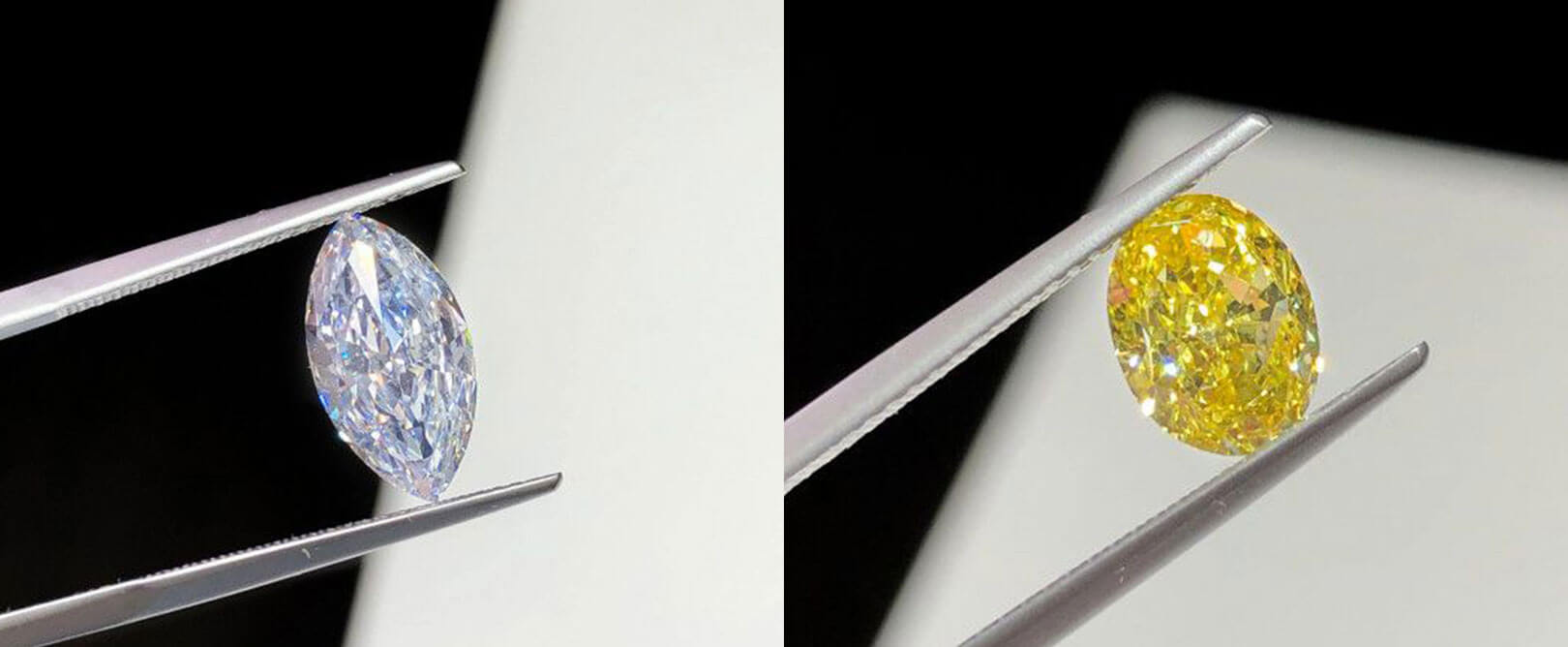
The Simplicity of Emerald and Asscher cuts.
Because they have step cuts, or facets that resemble a staircase, Emerald and Asscher cuts can be even less expensive than fancy shapes. They're more cost-effective because they're simpler in design, use more rough diamond, and require less precision cutting work. However, the overall effect is still extremely elegant and captivating.
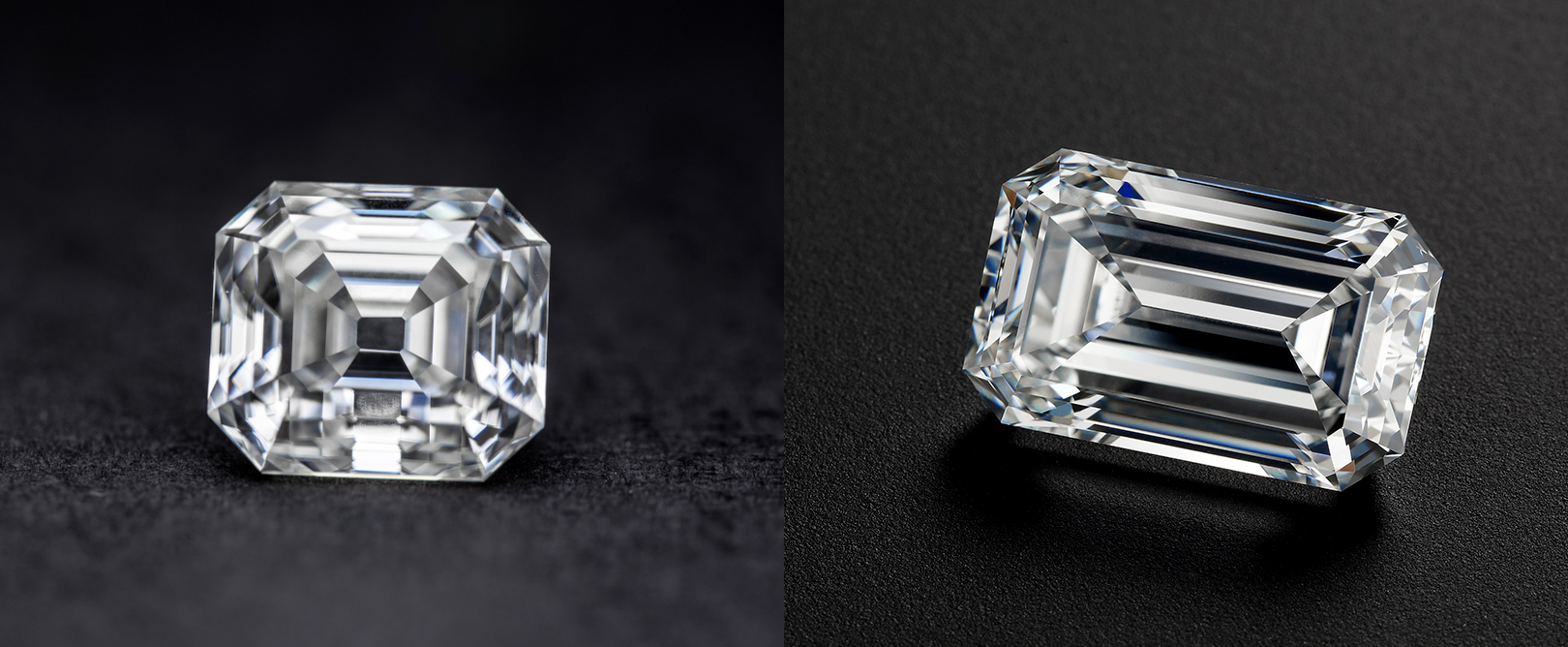 Diamond Antique Asscher Cut[/caption]
Diamond Antique Asscher Cut[/caption]
In the end, when choosing between diamond cuts, it all boils down to personal preference. Keep in mind that the ideal diamond for jewelry purposes is one that you'll want to wear for years to come, and that really is the most important thing.


